Review: LG Optimus F3 for Sprint
Jul 24, 2013, 3:34 PM by Eric M. Zeman
updated Jul 26, 2013, 5:18 PM
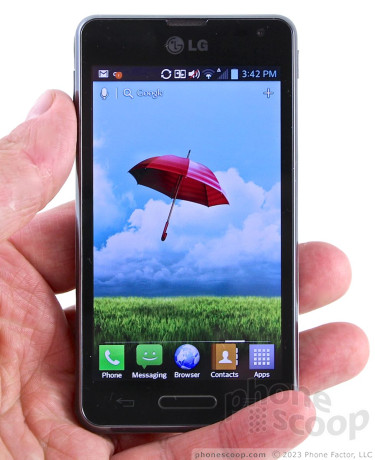
The LG Optimus F3 is a low-cost Android smartphone for Sprint. It may not include all the bells and whistles, but it still impresses with solid performance. Read Phone Scoop's full report.
Form
Is It Your Type
The LG Optimus F3 is a $30 Android smartphone for Sprint and Virgin. It you're looking for a small, inexpensive device that still offers a decent camera and LTE 4G, the F3 is a good starting point.
Body
LG has made compact and cheap smartphones for years. The F3 fits in well with LG's broad product range, and finds a spot in Sprint's entry-level lineup. The F3 may be a follow-up to last year's Viper, but it still has its own identity.
LG put some effort into the F3's design. LG used four different shades to help define its shape and look. The front is black and rimmed with a chrome frame. There's a thin, light gray strip that runs around the outer edge of the F3, and the back cover is a darker, patterned gray. The camera is set apart with its own chrome frame. There's nothing bold about the design, but at least it's not a boring black slab.
The F3 is small and light. The rounded side edges help it to fit comfortably in your palm. The materials aren't the best I've ever seen, but they are far from the worst. The seams all fit together snugly, and the overall fit and finish is befitting the F3's low price point. It will easily slip into most pockets, thanks to the smooth surfaces and small profile.
The F3's front face is about 80% display. The bezels that run along the side edges of the display are nice and thin, and there's a minimal amount of black space above and below the screen, as well. The chrome frame that surrounds the entire front fascia has a slight rim, which protects the display when the F3 is put face down on a flat surface. The home button is a physical key that also includes a programmable notification light. It can be set to show different colors for different sorts of alerts, and really lights up when used with the alarm. The button is easy to find and use. It's flanked by capacitive back and menu buttons; those also worked well.
The volume toggle is on the left edge and has a nice surprise. Typically, volume toggles have something resembling a "U" shape. The two ends are generally raised a bit to make it easier to tell when you're pressing the up or down part of the toggle. The F3's volume toggle is the opposite. The middle part of the button is raised and the ends are lowered. It is still easy to tell which part of the toggle your thumb is pressing and the travel and feedback is good. Here's the real surprise, though: the volume toggle doubles as a camera button. If you press the raised, middle part of the button, it fires off a shot.
The lock button is on the right edge. It's a bit small, but isn't too hard to find. Travel and feedback are spot on. The stereo headphone jack is on the top and the mircoUSB port is on the bottom.
The battery cover, which forms the entire back surface of the F3, is easy to pop off. The battery is removable, and in fact needs to be pulled in order to access the SIM card. The microSD memory card slot can be accessed without pulling the battery.
Performance
Screen
The F3's display measures 4 inches across the diagonal and has 800 by 480 pixels. Like most LG devices, the F3 uses an in-plane switching (IPS) LCD screen. Despite the mid-level resolution, the screen looks really good. Individual pixels are only visible if you hold the device really close to your eyes. Everything on the screen looks bright and crisp. I found the F3 to be a little bit difficult to read when under the bright sun, but setting the brightness up all the way helps out a lot.
Signal
The F3 performs about on par with other devices on Sprint's network in the metro NYC region. I was able to carry it with me around large portions of New Jersey and found that it never lost Sprint's network entirely. In areas where coverage was weak - such as my office - the F3 remained connected and was able to make calls (often requiring two attempts) and surf the net (albeit slowly, thanks to the lack of LTE coverage.) Calls connected the first time in areas with strong coverage, but data speeds didn't improve much. Sprint's 3G network is painfully slow. It should be better in areas served by Sprint 4G LTE.
Sound
Phone calls sounded good through the F3's earpiece, but not great. Calls sounded choppy in weak coverage areas, but were cleaner in strong coverage areas. Every now and then I heard some interference, but the bulk of calls were clear of noises. The earpiece produces good volume, just short of excellent. I was able to hear calls at a noisy concert in between sets, but once the band came on I couldn't hear a darned thing. The speakerphone also produces good quality, but not nearly enough volume. It is fine for a small, quiet room, but any environment that has the least amount of background noise will drown it out. Callers with whom I spoke said I sounded good. The alerts and ringtones could be set loud enough to get my attention from anywhere in my house, but I had a hard time feeling the vibrate alerts when the F3 was in my pocket.
Battery
The battery life is, in a word, epic. The F3 is a small phone, with a low-res screen and a medium-grade processor. Even so, LG stuffed a massive 2,460mAh battery into the F3. (To put that into perspective, the Nokia Lumia 1020 has a 2,000mAh battery.) The result is a device that goes and goes and goes. It easily lasted a day and a half on a single charge with lots of use. Those who use their device sparingly can expect close to two days per charge. Power users may want to charge it each night, but they'll have plenty of spare juice come morning if they forget. (It's worth pointing out that we did not test the F3 under LTE coverage, which may affect battery life.)
Basics
Menus
The Optimus F3 runs Android 4.1.2 Jelly Bean with the same software customizations we've seen on LG's smartphones since last year.
The lock screen is fully customizable. It offers four shortcuts, all of which can be changed or deleted. You can also customize which clock appears on the lock screen, and whether or not weather data and other alerts are sent to the lock screen. There are five home screen panels for customization out of the box, but you can delete or add screens if you wish.
The drop-down notification shade provides shortcuts to control the wireless radios as well as brightness, rotation, sound, and LG's QSlide apps (videos, notepad, calendar, calculator.) These can all be customized by the user.
The main menu is a grid of apps, but it can be customized a bit. You can view it with large icons or small icons to fit more apps on each individual page. You can sort apps alphabetically or via install date. You can't, however, view them in list form, nor by most-frequently-used. Apps can be hidden and deleted. The settings menu acts the same as it does on other Android devices.
As far as performance goes, the Optimus F3 uses a 1.2GHz dual-core Qualcomm Snapdragon 400 processor. The F3 performed perfectly with the Snapdragon engine under the hood. I didn't see any hiccups nor performance problems of any kind.
Calls and Contacts
The dial-pad provides tabbed access to call history, contacts, favorites and groups. In-call options run the standard, such as add a line, send to Bluetooth, hold, or mute. You can also open the notepad and messaging apps, or toggle on/off noise reduction (which makes calls clearer for those with whom you speak.) Settings tools let you customize the tabs that run across the top of the phone app, and the phone can also do things like provide a pop-up alert about incoming calls when taking pictures/video.
As for the contacts app, there are the usual home screen shortcuts for quick access to select contacts, as well as a nice widget for a collection of your favorites. The bigger widget lets you access your top nine contacts. The contact app itself has a pleasant visual look, and makes it easy to pull up contact data without fully opening a contact card thanks to some hold-and-press actions.
Messaging
As far as messaging goes, the F3 doesn't stray from the Android norm. It houses all the typical Google apps: Gmail, email, SMS/MMS, Hangouts, Google+, and Google+ Messenger. All of these apps functioned as designed and are well built tools for communicating with others.
Neither Facebook nor Twitter is pre-installed.
Extras
Media
The Optimus F3 offers the expected native Google media applications. The simple Music app is on board, as is the simple video playback app. They are best used with side-loaded content. Of course the Google Play Store, Play Music, Play Movies, and Play Books apps are available, too, as is the native YouTube app. These apps continue to work well. There are no third-party media apps pre-installed, but there are plenty in the Play Store.
If you want to push content from the F3 to another device, you can use the SmartShare app. It uses the DLNA standard to connect with TVs and stereos and then streams the content over your Wi-Fi network. I found it worked well.
Camera
You need to launch the camera via the lockscreen shortcut or a home screen button. No matter which avenue you take to turn it on, it does so quickly.
The F3's camera software offers control strips down the left and right sides of the screen, leaving plenty of room in the middle for the viewfinder. Five quick settings icons appear in the left strip. Four of them can be customized.
In terms of shooting modes, the F3 offers HDR, Panorama, Beauty Shot, and Burst Shot. As the name implies, Beauty Shot is for portraits. Burst Shot takes 20 pictures in a burst and keeps all of them. There's also Time Catch Shot, which fires off a short burst of pictures that starts before you actually press the shutter button. This helps you not miss a fleeting moment, even if you're late with the button. But you have to be in Time Catch mode already. Lastly, the Cheese Shutter feature lets users issue commands using their voice to take pictures.
The camera operates quickly across the board. As noted early, the volume toggle can be used as a replacement shutter button, but you have to press it exactly in the middle. If you don't, you'll either zoom in or zoom out.
Photos
The F3 has a 5-megapixel camera and it does a good job. Focus was nearly always sharp, white balance was mostly accurate, and exposure usually spot-on. The default resolution is 5 megapixels, and the images are in a 4:3 aspect ratio. You can choose to shoot in the 16:9 aspect ratio, but that dials the megapixels down to 4.3. Either way, the results look good.
Video
The video footage I captured with the F3 was pleasing. Colors looked bright and clean, focus and exposure were excellent, and white balance was perfect. Look at how the flowers pop in the sample below. The 1080p HD video really impressed me, especially for this class of device.
Gallery
The F3 uses the stock Android gallery app. It's a fine app for controlling your photos. It hooks into your Google and social network accounts, and can share photos between them without too much trouble.
Rotate and crop features can be found quickly, and a more fully featured editing menu lets you adjust color, apply filters, reduce red-eye, and fine-tune exposure, color and so on.
There is also a simple video editing tool that lets you stitch together separate video clips into a longer clip.
Apps
Sprint did not overload the F3 with too many apps. In fact, there are hardly any Sprint-branded apps. Sprint iD and Sprint Zone are the only Sprint apps pre-installed. Sprint iD lets you download theme-based wallpaper, ringtone, and application packs and Sprint Zone is where you'll see Sprint's apps and service recommendations. It's basically a secondary app store curated by Sprint.
Bluetooth
The F3's Bluetooth radio worked perfectly. I had no trouble pairing it with a half dozen different devices. Phone calls routed to my car's hands-free system were good in terms of quality and volume. Music sounded excellent via Bluetooth headphones. I was able to send files to my PC as well as other phones, too.
Browser
The F3 has both the standard Android browser installed and Chrome. Whichever of the two included browsers you choose, the F3 did well as a browsing device on Sprint's network. Both browsers do a fine job of rendering web pages, though Chrome has a few more tools and settings for customizing the app. Speeds are not great, however, outside of Sprint's limited LTE coverage area.
Clock
As with other LG Android devices, the F3 lets you sub in a handful of clocks on the lock screen. This continues to be one of my favorite features of LG Android devices. The options make the lock screen clock actually readable and useful to boot.
GPS
The F3 offers Google Maps as the only navigation service. As far as the GPS radio is concerned, it's quick to locate the phone, and accurate. I found that it pegged me in about 15 seconds and to within 30 or 40 feet. Together with Google Maps, the GPS radio was reliable for providing me with accurate real-time data and navigation features.
QuickMemo
The Optimus F3 includes LG's QuickMemo app. QuickMemo lets users capture a screenshot and then open that screenshot in the Notebook app. If you press the center of the volume toggle (when not using the camera app), the F3 immediately captures a screenshot and opens the Notebook app. The Notebook app lets you scribble on the screenshot with various pen styles and in various colors. You can add your own scrawled text, or insert actual typed messages. You can erase the notes and leave the background unaffected. You can attach additional content, such as photos or videos, and send them all together as a package via email, MMS, Google+, and so on.
QSlide Apps
The QSlide apps, which are accessible from the notification tray, appear in separate windows on top of what else you might be doing. For example, if you're browsing the web but need to perform some arithmetic, you can open the QSlide calculator which will then float on the screen on top of the browser. You can also choose to open the full app by tapping a toggle in the QSlide app's little window.
Wrap-Up
The LG Optimus F3 is a solid little device. It certainly outperforms its $29.99 price tag (as long as you don't mind signing a contract). It's small, light, and easy to use. The screen looks good and battery life was exceptional. Voice calls were decent, as was the F3's signal performance.
The software features of the F3 all functioned perfectly. LG's user interface additions to the Android operating system make plenty of room for user customization. Items such as the QSlide apps and QuickMemo firmly put LG's stamp on the F3. Lastly, the 5-megapixel camera surprised me with its solid results.
If you need an inexpensive smartphone that offers a lot of bang for the buck, the LG Optimus F3 is worth your attention.
Comments
Video - is it stabilized?


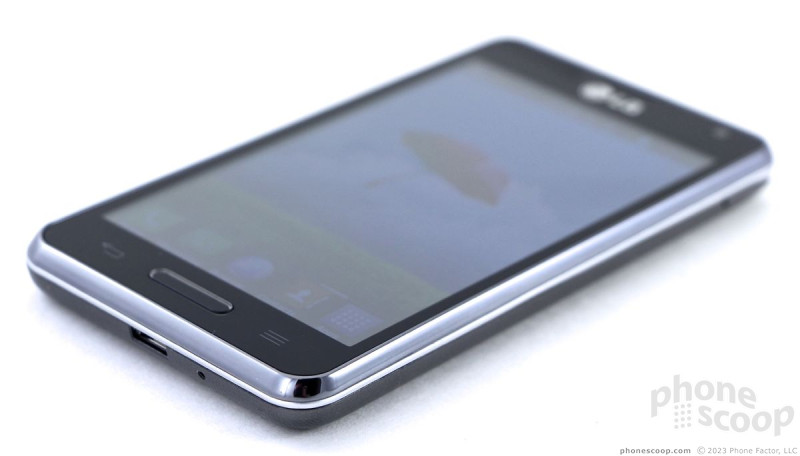












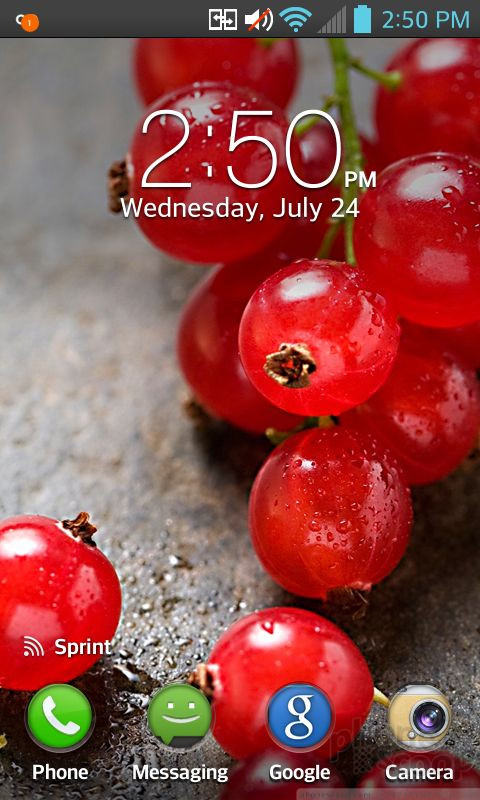








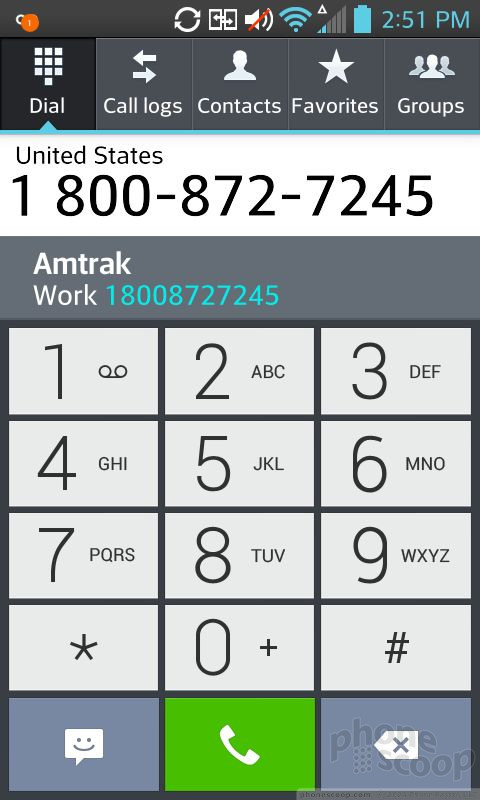








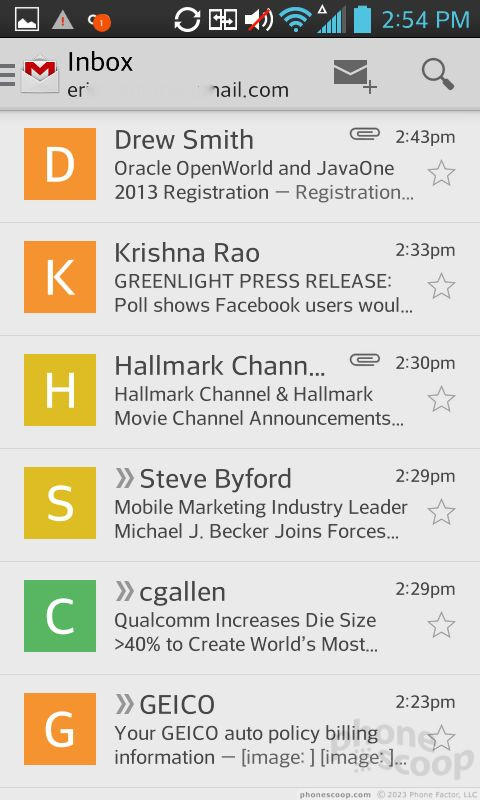






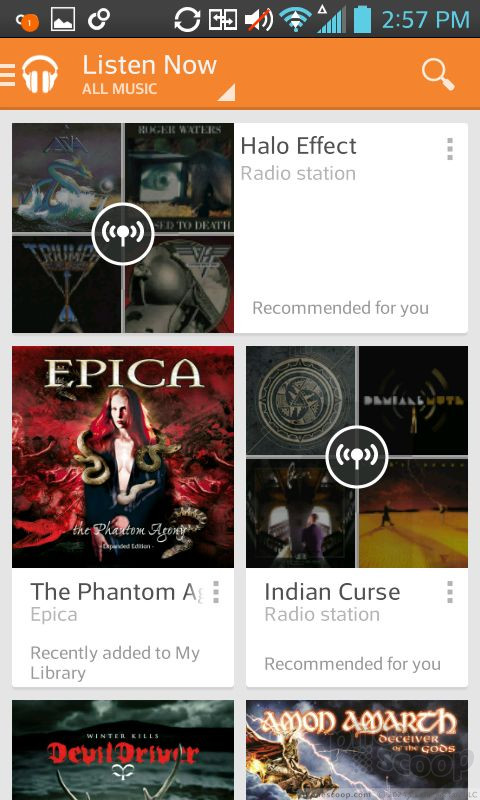



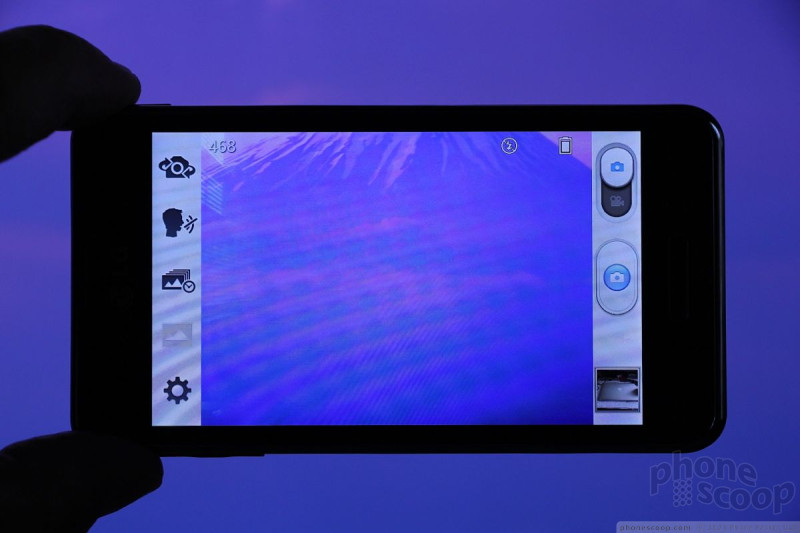

















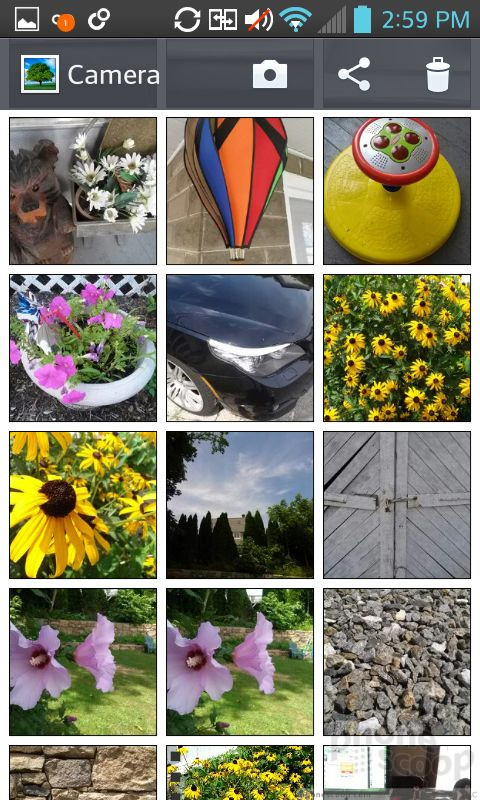






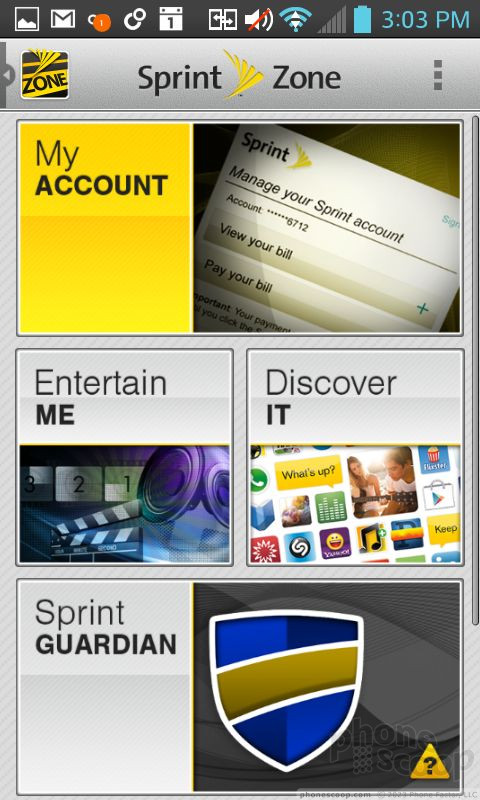





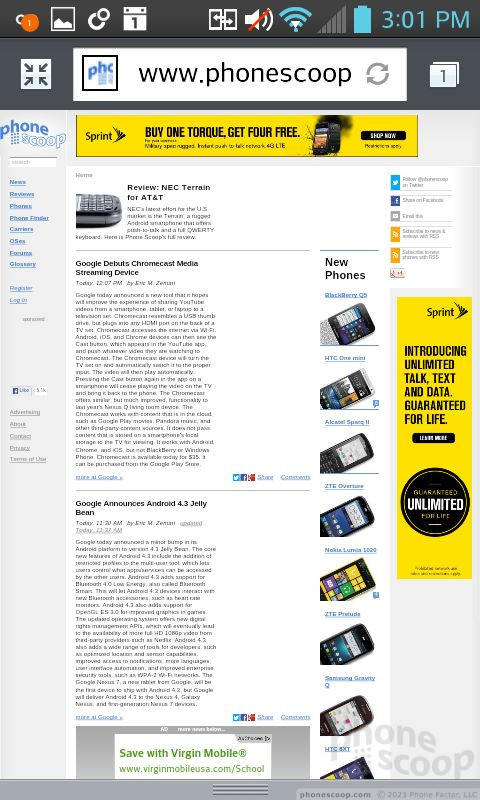



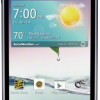 Sprint to Sell the LG Optimus F3 to Visually Impaired
Sprint to Sell the LG Optimus F3 to Visually Impaired
 iPhone 14 Plus Offers a Big Screen For Less
iPhone 14 Plus Offers a Big Screen For Less
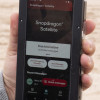 Qualcomm Taps Iridium for Satellite Connectivity
Qualcomm Taps Iridium for Satellite Connectivity
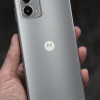 Hands On with the 2023 moto g 5G & moto g stylus
Hands On with the 2023 moto g 5G & moto g stylus
 LG Optimus F3 (CDMA) / Unify
LG Optimus F3 (CDMA) / Unify




